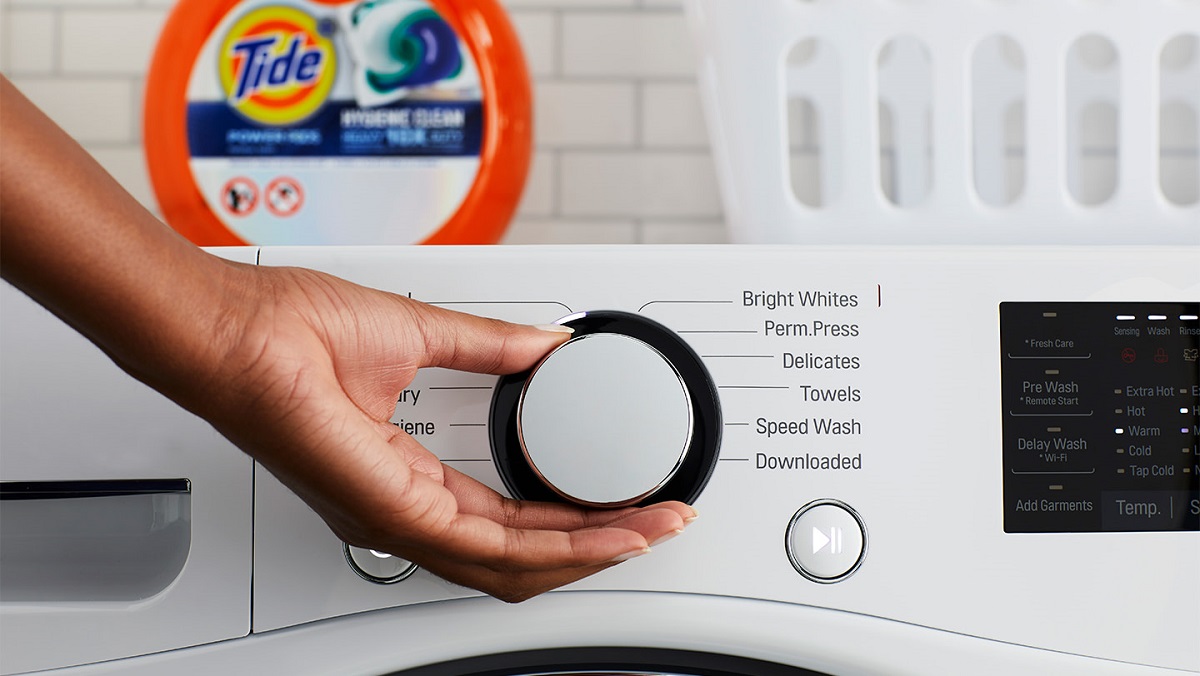

Articles
What Washer Setting For Blankets
Modified: August 24, 2024
Discover the perfect washer setting for washing blankets with our informative articles.
(Many of the links in this article redirect to a specific reviewed product. Your purchase of these products through affiliate links helps to generate commission for Storables.com, at no extra cost. Learn more)
Introduction
Washing blankets can be a daunting task, especially if you’re unsure about which washer setting to use. The right setting can help maintain the quality and lifespan of your blankets, while the wrong one can cause damage or shrinkage. With so many options available, it’s important to consider various factors to determine the best washer setting for your blankets.
In this article, we’ll explore some important factors to consider when choosing the ideal setting for washing your blankets. We’ll discuss the gentle cycle, cold water setting, mild detergent, and avoiding harsh washing methods. Additionally, we’ll provide some handy tips to ensure your blankets come out fresh, clean, and in the best possible condition.
By following these guidelines, you’ll be able to confidently wash your blankets without worrying about damaging or compromising their quality. Let’s dive in and explore the key factors to consider when selecting the appropriate washer setting for your blankets.
Key Takeaways:
- Choose the gentle cycle and cold water setting to protect your blankets from damage, shrinkage, and color fading. Pair with a mild detergent for optimal cleaning results and longevity.
- Avoid harsh washing methods, such as bleach and fabric softeners, to maintain the softness, shape, and overall condition of your blankets. Follow specific care instructions and consider professional cleaning for delicate fabrics.
Read more: What Is A Mink Blanket
Factors to Consider
When deciding on the appropriate washer setting for your blankets, there are several factors you should take into account. These factors will help you determine the right combination of temperature, cycle, and detergent to ensure a thorough yet gentle cleaning process. Let’s explore these factors:
- Blanket Material: The material of your blanket plays a crucial role in determining the appropriate washer setting. Different materials require specific care instructions to prevent damage or shrinking. For example, delicate fabrics like wool or cashmere may require a more gentle cycle compared to synthetic materials.
- Blanket Size: The size of your blanket also influences the washer setting you should use. Larger blankets may require a longer and more robust cycle to ensure thorough cleaning, while smaller blankets can be washed on a shorter cycle.
- Level of Dirtiness: Consider how soiled your blankets are before choosing a washer setting. If your blankets are heavily soiled, you might opt for a longer or more intensive cycle. For mildly soiled blankets, a shorter and gentler cycle may suffice.
- Presence of Stains: If your blankets have stubborn stains, you might need to pretreat them before washing. Look for a washer setting that allows for pre-soaking or additional stain-removing features.
- Manufacturer’s Instructions: Always refer to the care label or manufacturer’s instructions that come with your blankets. They usually provide specific recommendations for the best washer setting to use, taking into account the material and construction of the blanket.
By considering these factors, you can make an informed decision about the most appropriate washer setting for your blankets. This will ensure optimal cleaning results while minimizing the risk of damage to your cherished blankets.
Gentle Cycle
When washing your blankets, using the gentle cycle on your washing machine can help protect the fabric and prevent excessive wear and tear. The gentle cycle is designed specifically for delicate items, such as blankets, that require a more gentle washing action.
During the gentle cycle, the washing machine agitates the blankets at a slower speed and with less force, reducing the risk of stretching, tearing, or damaging the fabric. This is especially important for blankets made from delicate materials, such as wool, cashmere, or delicate quilted blankets.
To use the gentle cycle, start by loading your blankets into the washing machine. Make sure not to overload the machine as this can affect the cleaning performance. It’s usually best to wash one or two blankets at a time.
Next, select the appropriate washer setting for the gentle cycle. This may differ depending on the make and model of your washing machine, so refer to the instruction manual if you’re unsure. Generally, the gentle cycle option is denoted by a symbol of a shirt or a hand in a basin of water.
Once you’ve selected the gentle cycle, choose a suitable water temperature for your blankets. As a general rule of thumb, it’s recommended to use cold water or lukewarm water for most blanket materials. Cold water helps prevent shrinking and fading, preserving the color and shape of your blankets.
After setting the water temperature, add a mild detergent specifically formulated for delicate fabrics. Avoid using harsh detergents or bleaching agents, as they can damage the fibers of your blankets. Follow the manufacturer’s instructions on the detergent bottle for the right amount to use.
Finally, start the washing cycle, and allow the machine to complete the entire washing process. Once the cycle is finished, remove the blankets from the machine promptly to prevent them from sitting in a damp environment, which can lead to mold or unpleasant odors.
Using the gentle cycle ensures that your blankets receive the appropriate care and treatment during the washing process, keeping them in excellent condition for years to come.
Cold Water Setting
When it comes to washing blankets, the temperature of the water you use can have a significant impact on the outcome. In general, using a cold water setting is often recommended for washing most types of blankets.
Using cold water helps preserve the integrity of the fabric and prevents shrinkage, color fading, and damage to delicate fibers. Additionally, cold water is more energy-efficient, as it doesn’t require as much energy as hot water to heat up.
Start by loading your blankets into the washing machine, making sure not to overload the machine. It’s best to wash one or two blankets at a time to ensure they have enough space to move freely during the wash.
Next, select the cold water setting on your washing machine. Most machines have specific settings for water temperature, such as hot, warm, cold, or tap cold. Choose the cold or tap cold option to ensure the water temperature remains low throughout the wash cycle.
The cold water setting is beneficial for various blanket materials, including cotton, polyester, acrylic, and blends. It helps retain the shape and color of the blankets without causing any damage.
While cold water is effective at cleaning most blankets, there may be exceptions. For heavily soiled or stained blankets, warm water might be necessary. However, always check the care label or manufacturer’s instructions for specific temperature recommendations, especially for blankets made from delicate materials like wool or cashmere.
It’s important to note that some detergents are designed specifically for cold water washing. These detergents are formulated to dissolve well in colder temperatures and provide effective cleaning without leaving residue on the fabric. Choosing a detergent suitable for cold water washes can further enhance the cleaning performance.
By utilizing the cold water setting, you can ensure that your blankets are cleaned thoroughly while maintaining their quality and longevity.
Use the gentle or delicate cycle for washing blankets to avoid damaging the fabric. Use cold water to prevent shrinking and mild detergent to keep the colors vibrant. Avoid using fabric softener as it can leave a residue on the blanket.
Mild Detergent
Selecting the right detergent is crucial when washing blankets, as it can greatly impact the cleanliness and longevity of the fabric. Opting for a mild detergent is highly recommended to ensure gentle yet effective cleaning.
Mild detergents are specifically formulated for delicate fabrics, making them ideal for washing blankets. They are designed to effectively remove dirt and stains without compromising the integrity of the fabric or causing excessive fading or damage.
When choosing a mild detergent, look for a product that is labeled as suitable for delicate fabrics, such as wool, silk, or cashmere. These detergents are typically fragrance-free or have a mild scent and contain gentle ingredients that are less likely to cause irritation or allergic reactions.
To use a mild detergent, start by loading your blankets into the washing machine. Make sure not to overcrowd the machine, as the blankets need space to move and agitate properly during the wash.
Next, refer to the detergent bottle for dosage instructions. It’s important not to use more detergent than recommended, as excessive amounts can leave residue on the fabric and make rinsing more difficult.
Pour the recommended amount of mild detergent into the designated dispenser or directly into the washing machine drum, depending on your machine’s configuration.
Close the washing machine lid or door and select the appropriate washer setting for your blankets, such as the gentle cycle discussed earlier.
By using a mild detergent, you can effectively clean your blankets without subjecting them to harsh chemicals or agents that can compromise their quality. The gentle formula of a mild detergent ensures that the fabric remains soft, vibrant, and free from residues.
Remember to check the care label or manufacturer’s instructions for any specific detergent recommendations. Some blankets may require special detergents or treatments, particularly those made from sensitive materials like silk or wool.
Using a mild detergent is a key step toward maintaining the cleanliness and longevity of your cherished blankets.
Read more: What Is A Fire Blanket?
Avoid Harsh Washing Methods
When it comes to washing blankets, it’s important to avoid harsh washing methods that can potentially damage the fabric or affect its overall quality. By following some simple guidelines, you can ensure that your blankets receive the care they need while staying in excellent condition.
First and foremost, avoid using bleach or harsh stain removers on your blankets, unless specifically mentioned in the care instructions. Bleach can weaken the fibers and cause discoloration or even holes in the fabric. Instead, opt for more gentle stain-removing methods, such as pre-treating stains with a mild detergent or using a stain remover suitable for delicate fabrics.
Additionally, refrain from using fabric softeners when washing blankets. While fabric softeners may make fabrics feel softer, they can leave residues that can affect the absorbency and breathability of the blankets. If desired, you can use natural alternatives like vinegar or dryer balls to achieve similar softening effects without the risk of residue buildup.
It’s also important to avoid using high heat when drying your blankets. Excessive heat can cause shrinkage, distortion, or even melting of certain materials. Instead, opt for a low heat or air-dry setting to gently dry the blankets. This may take longer, but it helps preserve the integrity of the fabric.
Furthermore, avoid wringing or twisting your blankets vigorously to remove excess water. Instead, gently squeeze out the water or use a towel to absorb the moisture. Excessive force can distort the shape of the blankets or cause unnecessary stress on the fibers.
If possible, avoid using the dryer altogether and choose to air-dry your blankets. This gentle method allows the fabric to dry naturally, reducing the risk of damage. Lay the blankets flat on a clean surface or hang them on a drying rack, ensuring proper air circulation.
Lastly, be cautious when washing blankets with embellishments, such as decorative trims or sequins. Delicate embellishments can become damaged or detached during the washing process. To ensure their longevity, consider spot cleaning or hand-washing these blankets instead.
By following these tips and avoiding harsh washing methods, you can keep your blankets in excellent condition and extend their lifespan. Remember to always read and follow the care instructions provided by the manufacturer to ensure the best possible care for your blankets.
Additional Tips for Washing Blankets
When it comes to washing blankets, there are a few additional tips and tricks that can help you achieve optimal results. These tips will ensure that your blankets are thoroughly cleaned and maintained without any unnecessary damage:
- Check for Specific Care Instructions: Always read the care label or manufacturer’s instructions before washing your blankets. Some blankets may have specific care requirements, such as hand-washing or avoiding certain settings. Follow these instructions to ensure the best care for your blankets.
- Separate Different Colored Blankets: To prevent color bleeding and potential staining, it’s best to wash blankets of different colors separately. Sorting them by color helps maintain the vibrancy and integrity of each individual blanket.
- Use a Lint Roller or Brush: Before washing, use a lint roller or brush to remove any loose hair, lint, or debris from your blankets. This helps prevent them from clumping together or clogging the washing machine.
- Consider Pre-Soaking for Stubborn Stains: For blankets with stubborn stains, consider pre-soaking them before washing. Fill a basin or sink with cold water and a gentle stain remover or mild detergent. Allow the blankets to soak for a few hours or overnight to loosen the stains before washing.
- Don’t Overload the Washing Machine: Avoid overloading the washing machine when washing blankets. Overcrowding can impede proper cleaning and rinsing, leading to subpar results. Give your blankets enough space to move freely during the wash cycle.
- Inspect Blankets After Washing: After washing, take the time to carefully inspect your blankets for any remaining stains or damage. If necessary, repeat the washing process or address any specific issues, such as re-treating stains or repairing loose stitches.
- Consider Professional Cleaning: If you have high-quality or delicate blankets, consider taking them to a professional cleaner. They have the expertise and specialized equipment to handle unique fabrics and stubborn stains, ensuring your blankets receive the best possible care.
By following these additional tips, you can enhance the washing process and keep your blankets looking fresh, clean, and in excellent condition for years to come.
Conclusion
Choosing the appropriate washer setting for washing blankets is essential for maintaining their quality, cleanliness, and longevity. By considering factors such as the blanket material, size, level of dirtiness, presence of stains, and manufacturer’s instructions, you can make informed decisions about the most suitable settings for your blankets.
The gentle cycle is often the best option for washing blankets, as it provides a delicate washing action that minimizes the risk of stretching, tearing, or damaging the fabric. Pairing the gentle cycle with a cold water setting helps protect the integrity of the blankets, preventing shrinkage and color fading.
Using a mild detergent formulated for delicate fabrics ensures effective cleaning without compromising the quality of the blankets. Avoiding harsh washing methods, such as using bleach, fabric softeners, high heat, or excessive force, helps maintain the softness, shape, and overall condition of your blankets.
Additional tips, such as checking specific care instructions, separating different colored blankets, using a lint roller or brush, considering pre-soaking for stubborn stains, avoiding overloading the washing machine, inspecting blankets after washing, and considering professional cleaning for high-quality or delicate blankets, can further enhance the washing process and ensure optimal results.
By following these guidelines and taking proper care of your blankets, you can enjoy clean, fresh, and beautifully maintained blankets for a long time. Remember to always refer to the care label or manufacturer’s instructions for specific recommendations and to adjust the washer setting accordingly.
So, the next time you’re faced with the task of washing your blankets, consider the factors discussed in this article and select the appropriate washer setting. Your blankets will thank you for the gentle care, and you’ll enjoy the cozy comfort they provide for years to come.
Frequently Asked Questions about What Washer Setting For Blankets
Was this page helpful?
At Storables.com, we guarantee accurate and reliable information. Our content, validated by Expert Board Contributors, is crafted following stringent Editorial Policies. We're committed to providing you with well-researched, expert-backed insights for all your informational needs.

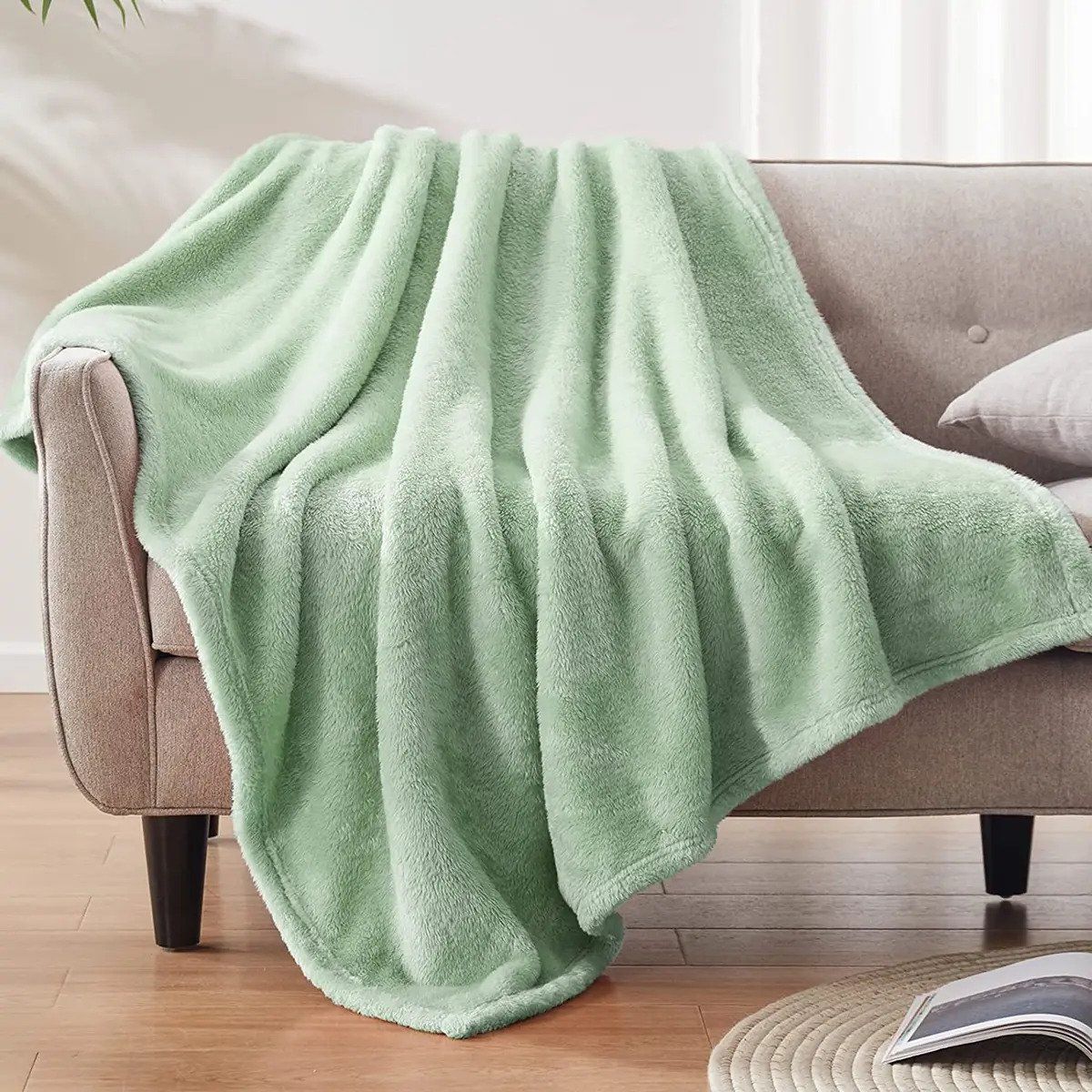

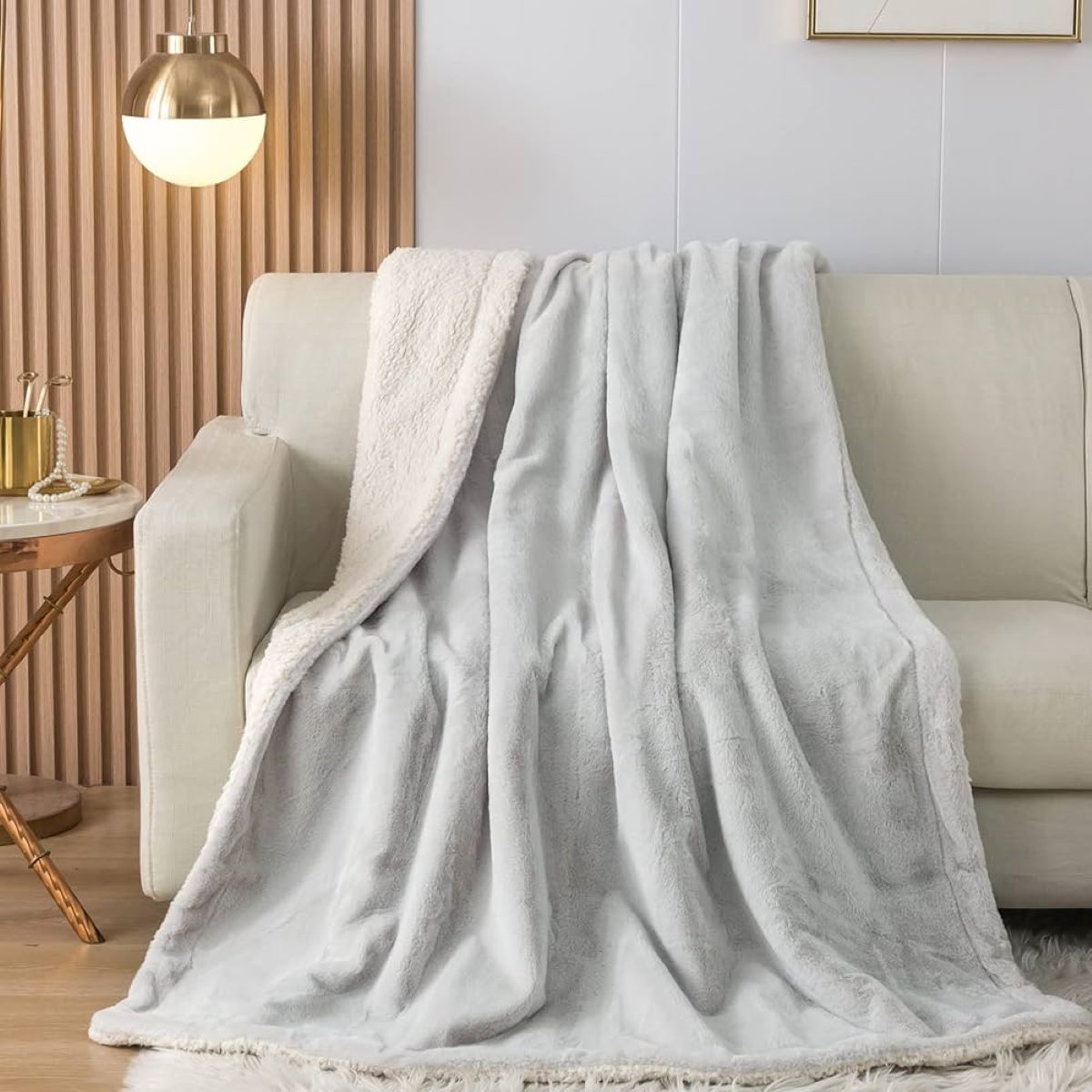
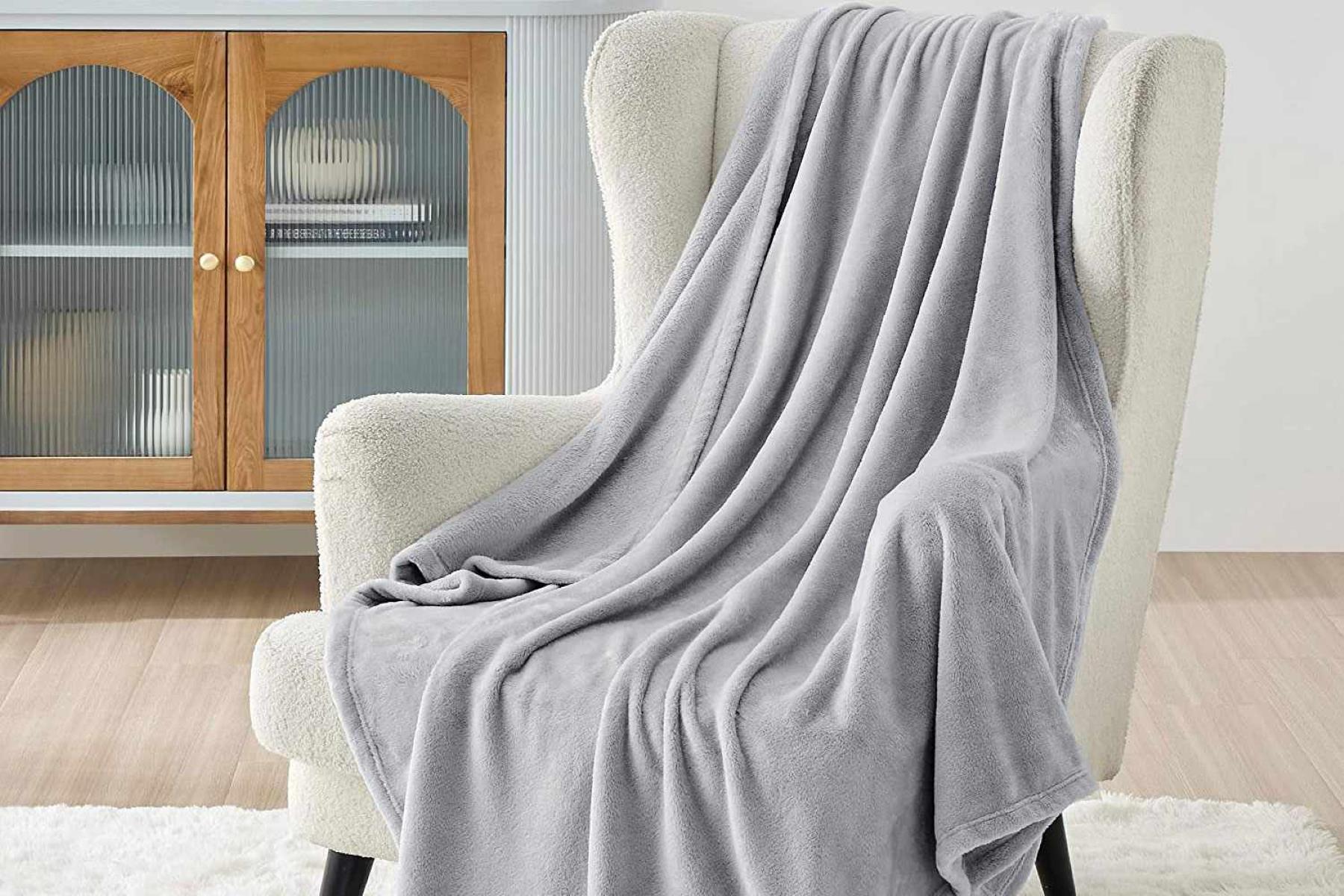
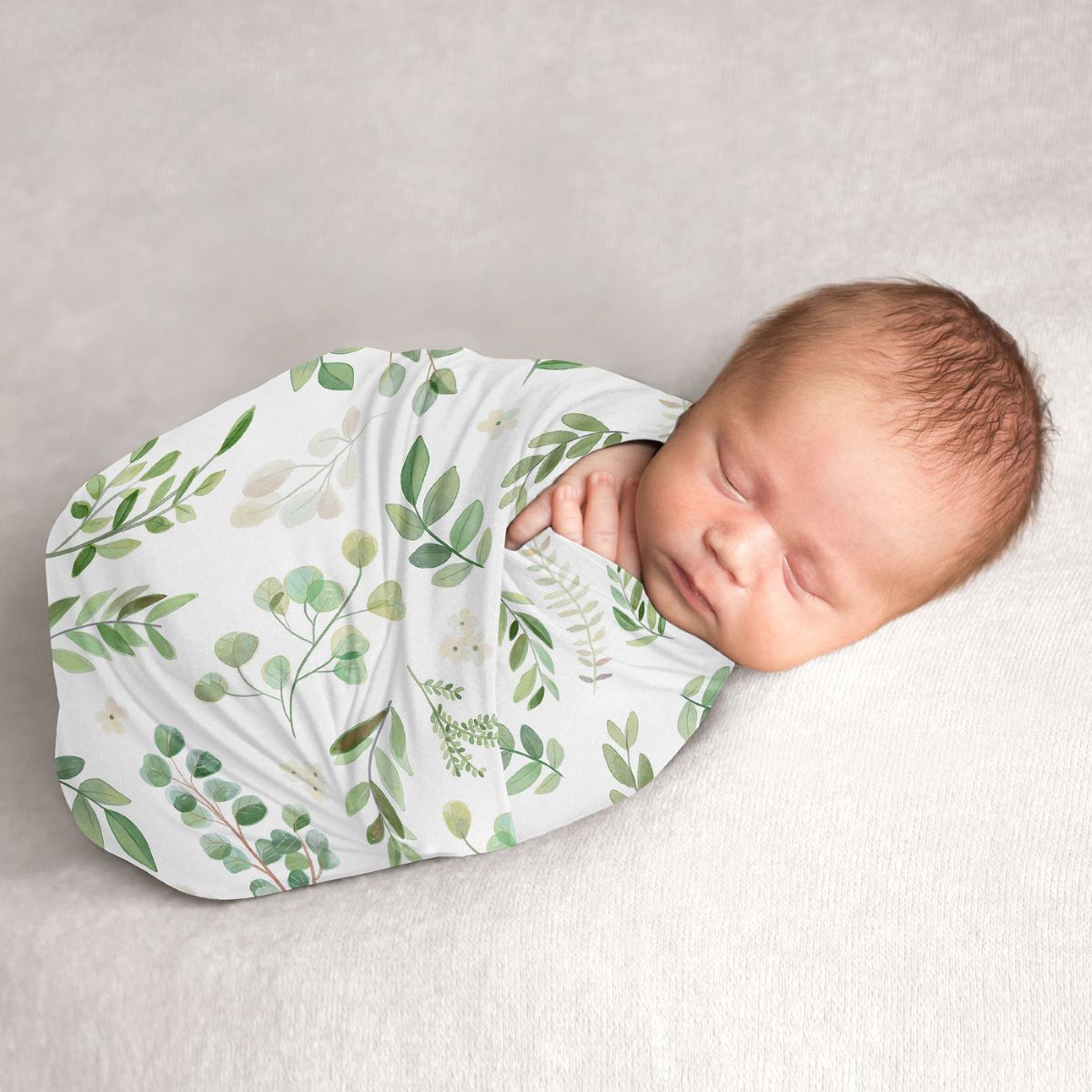

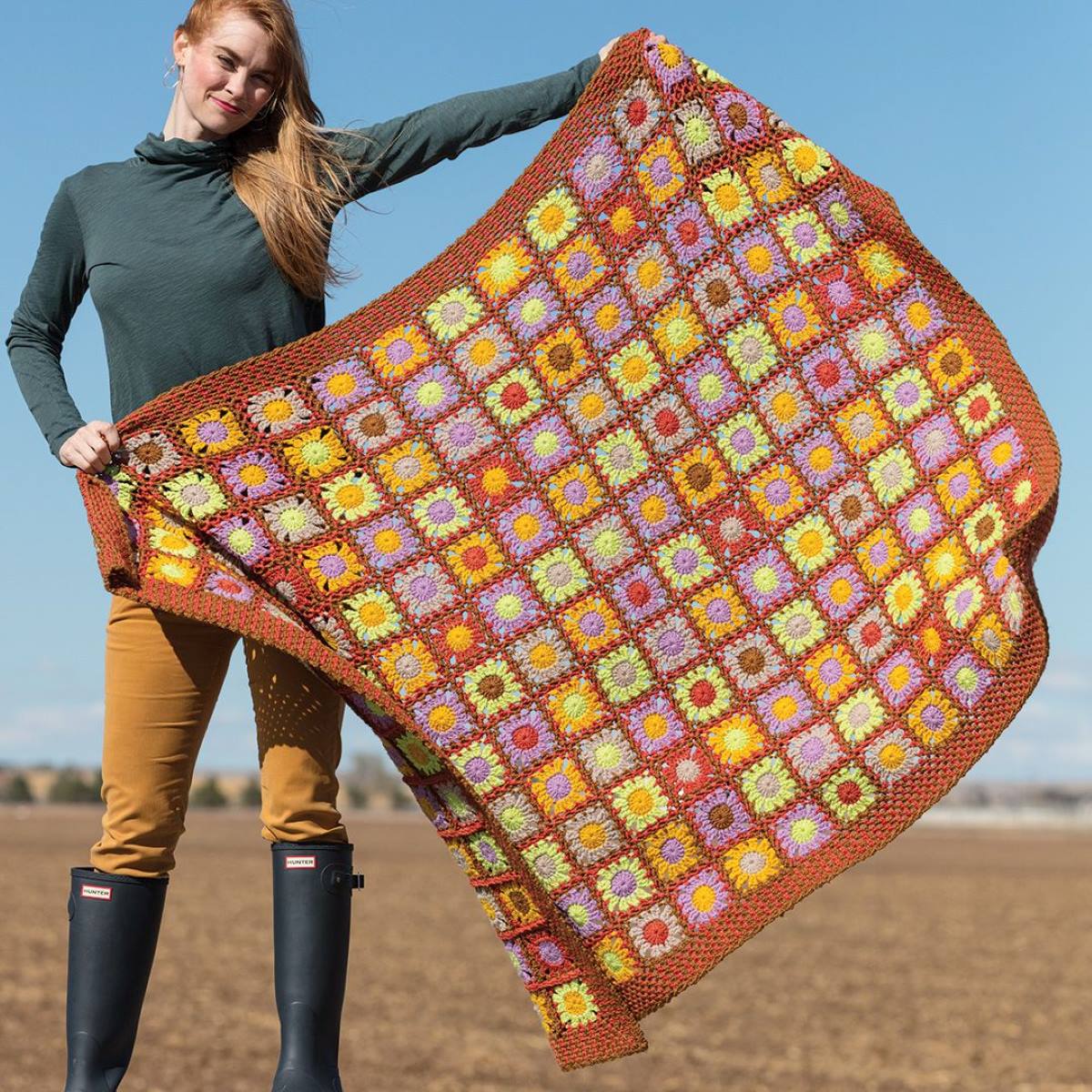
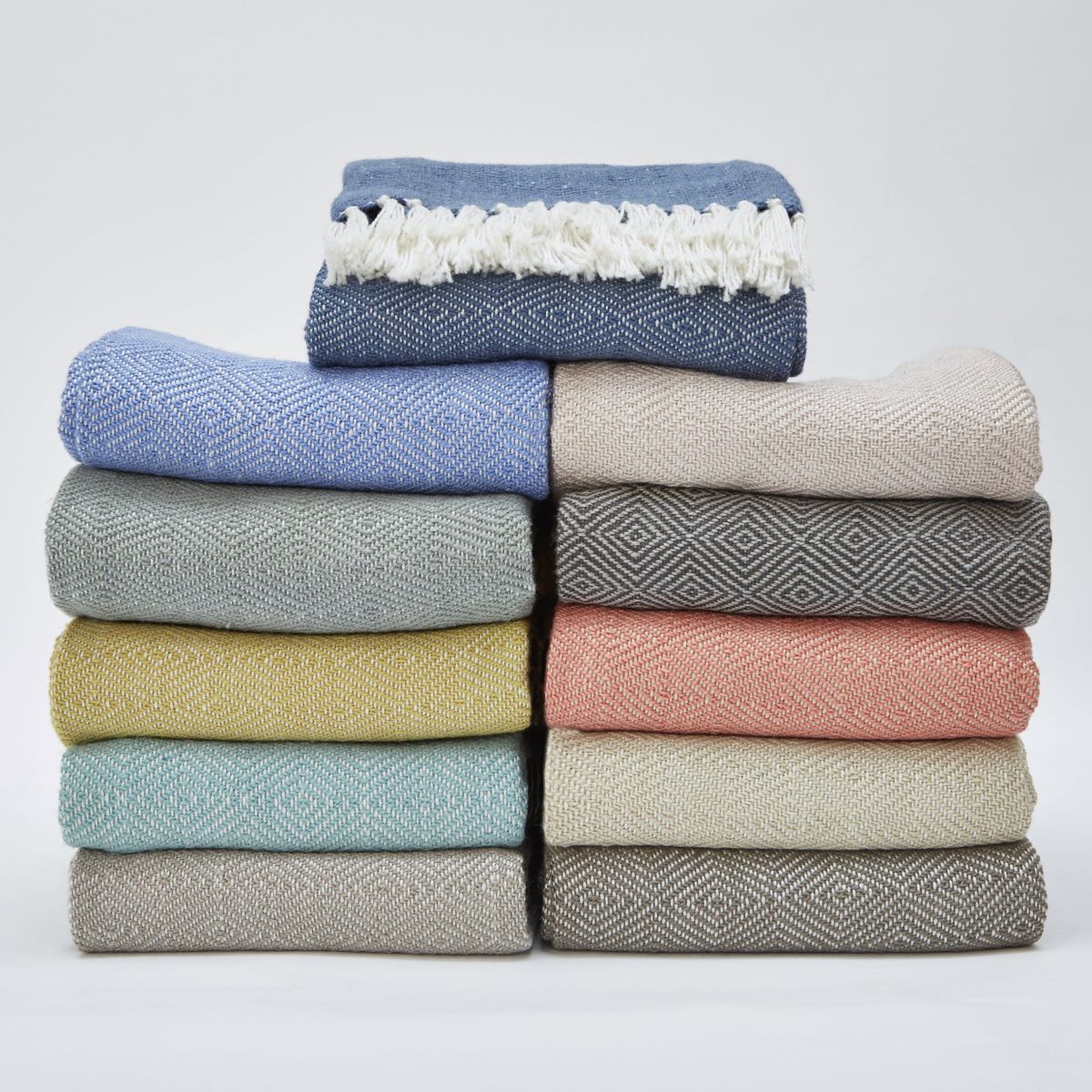


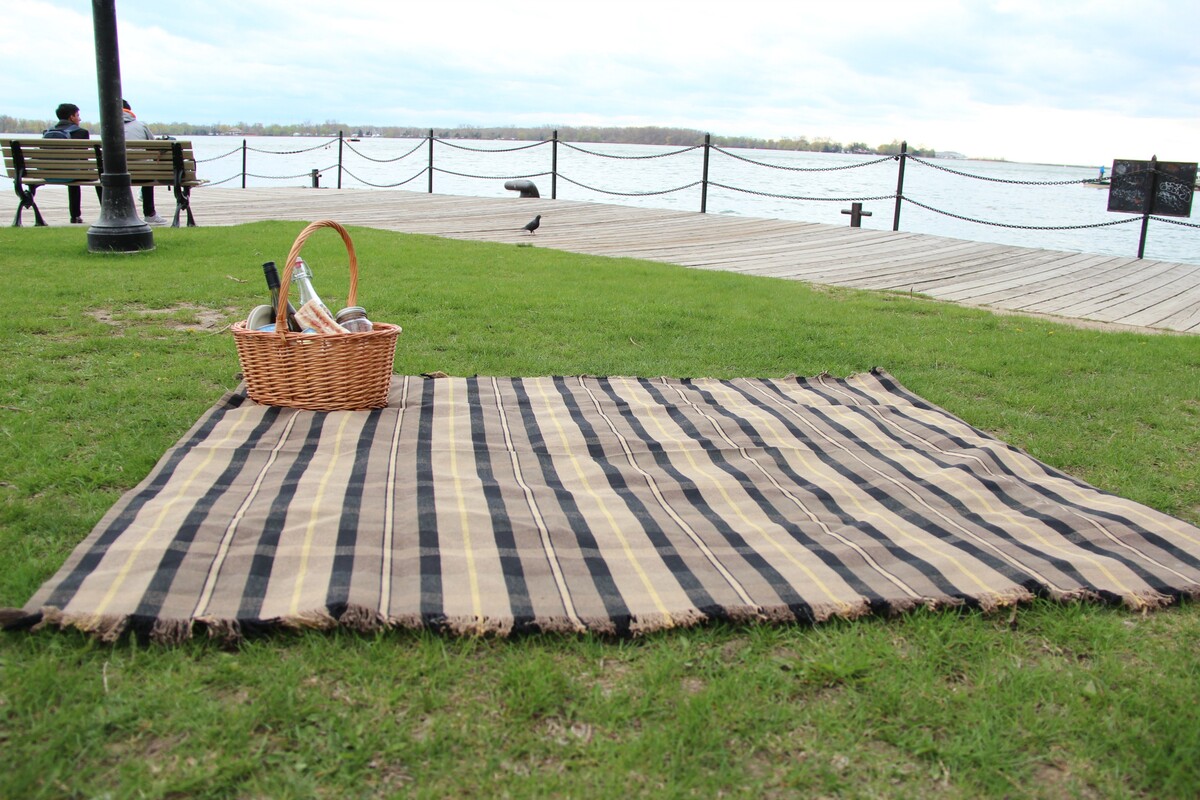
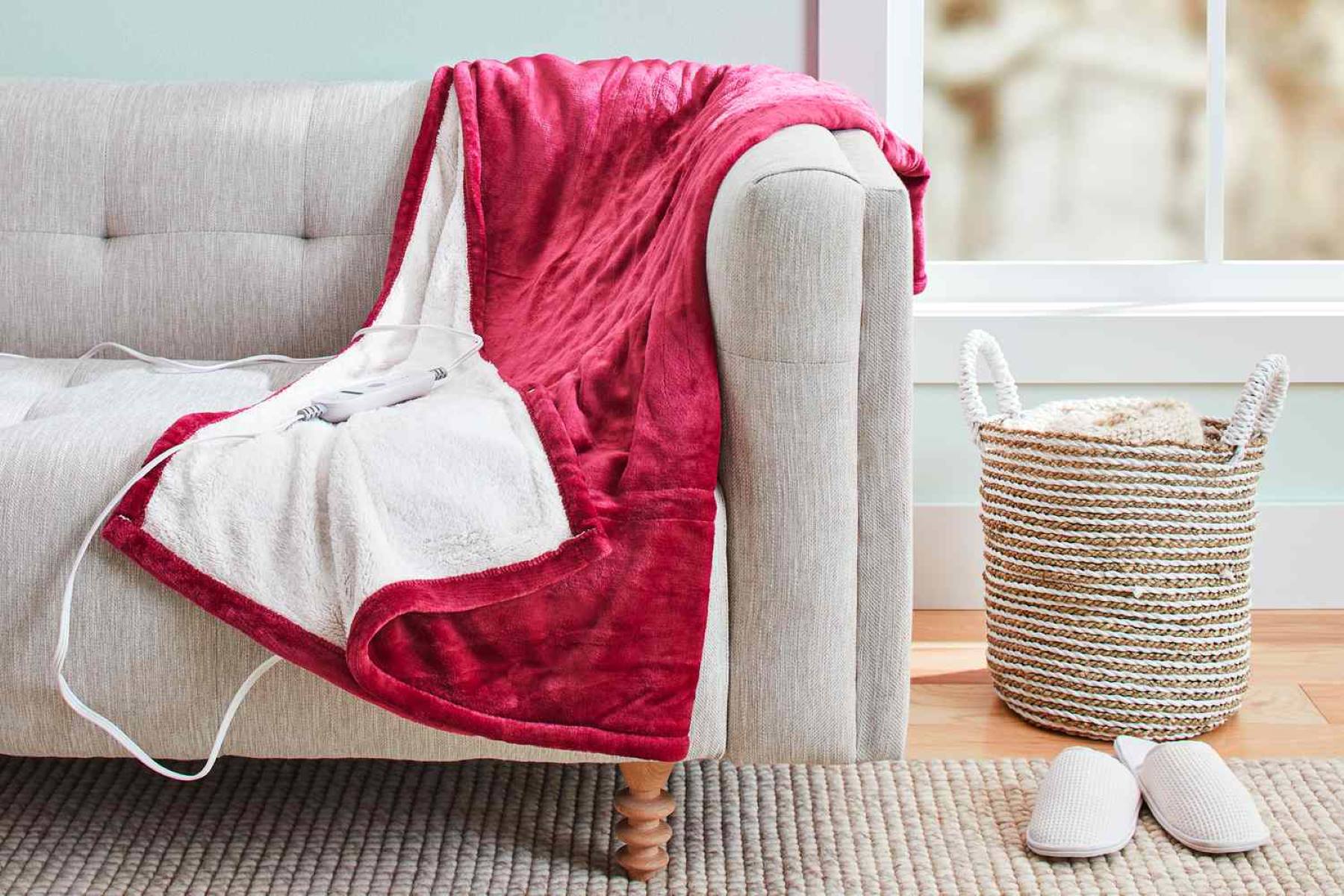
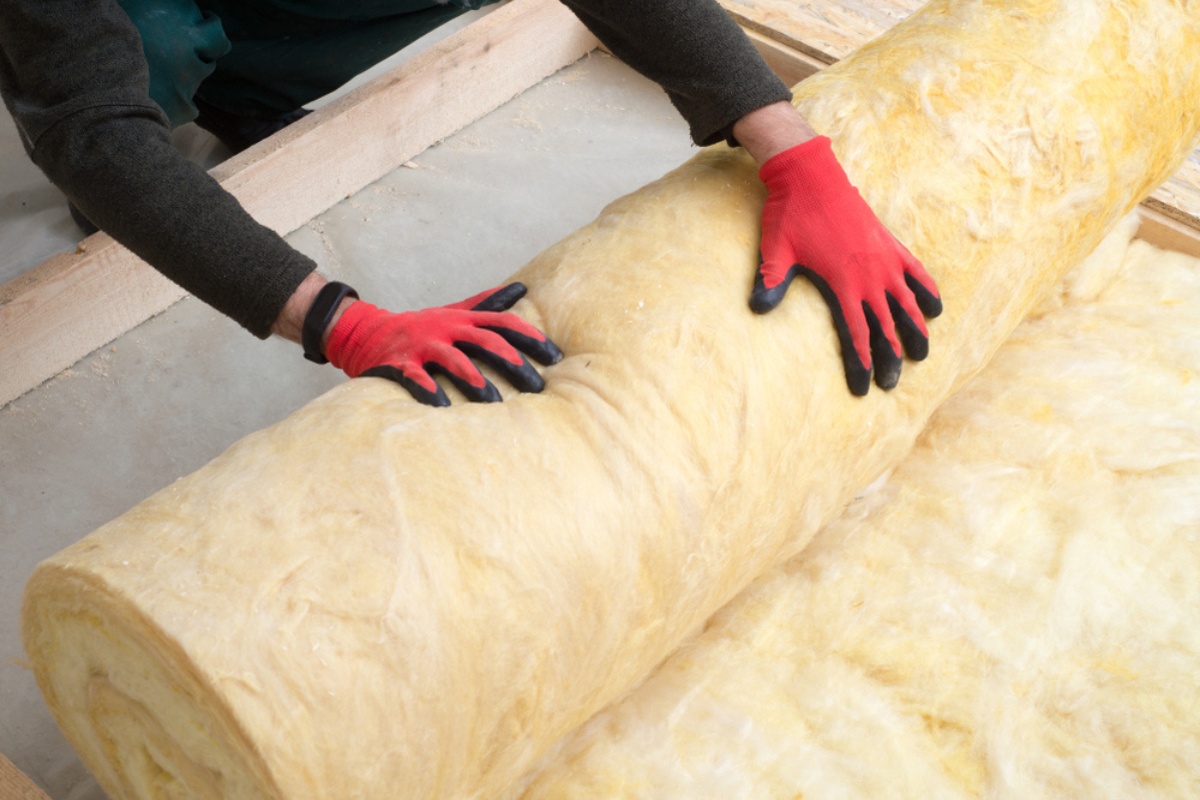

0 thoughts on “What Washer Setting For Blankets”